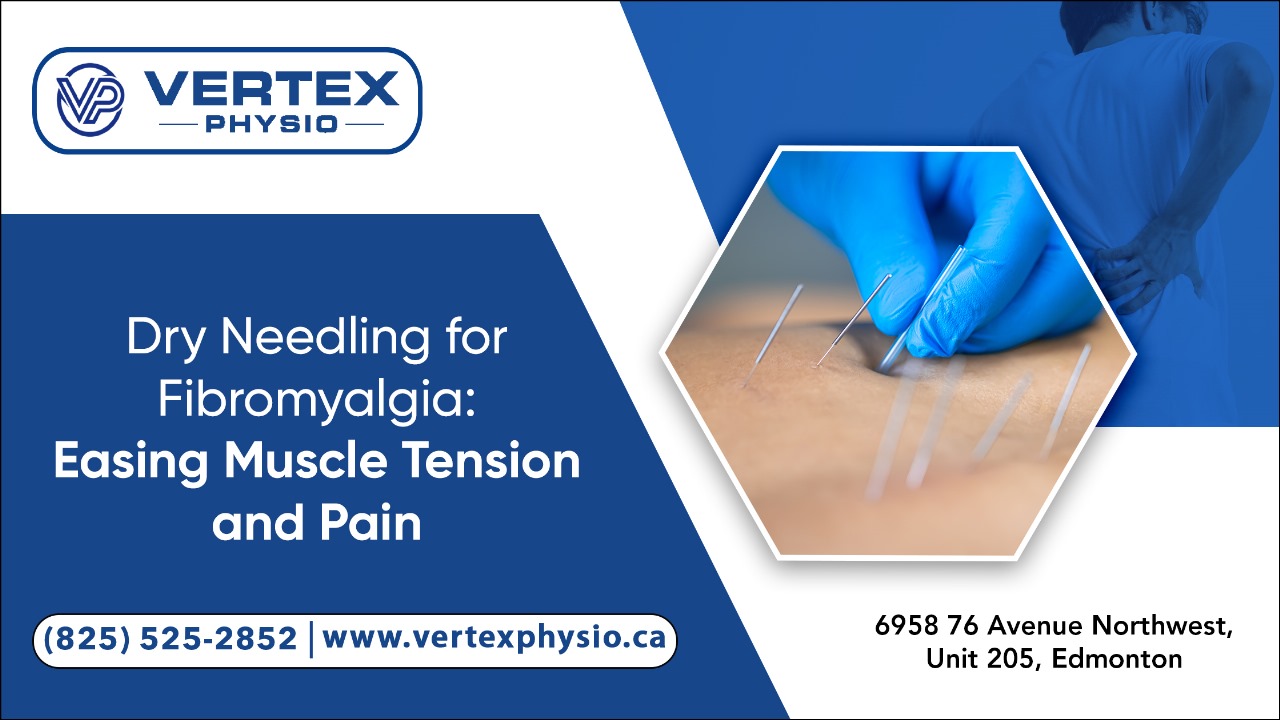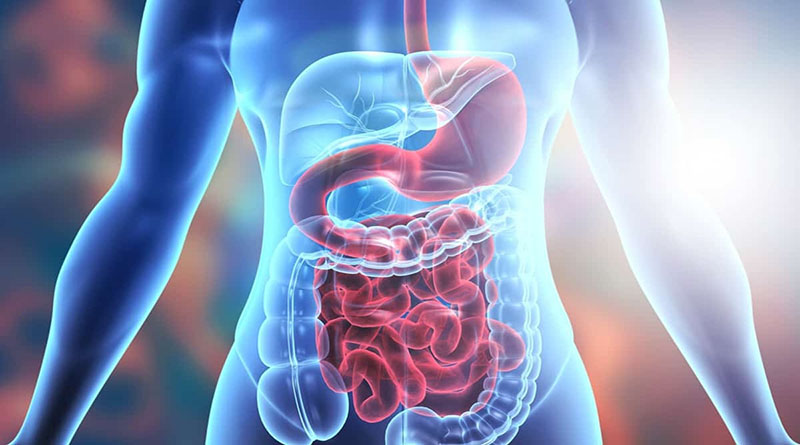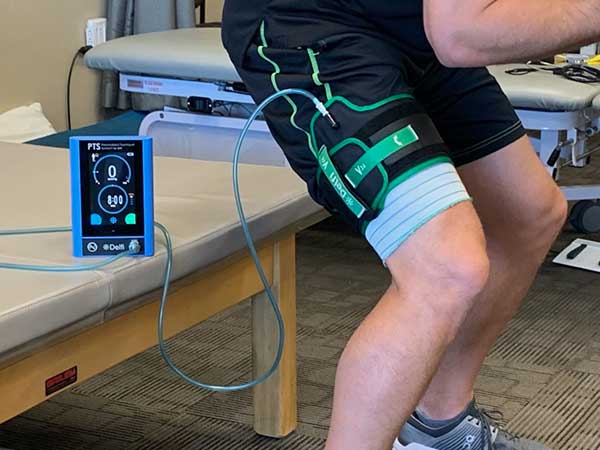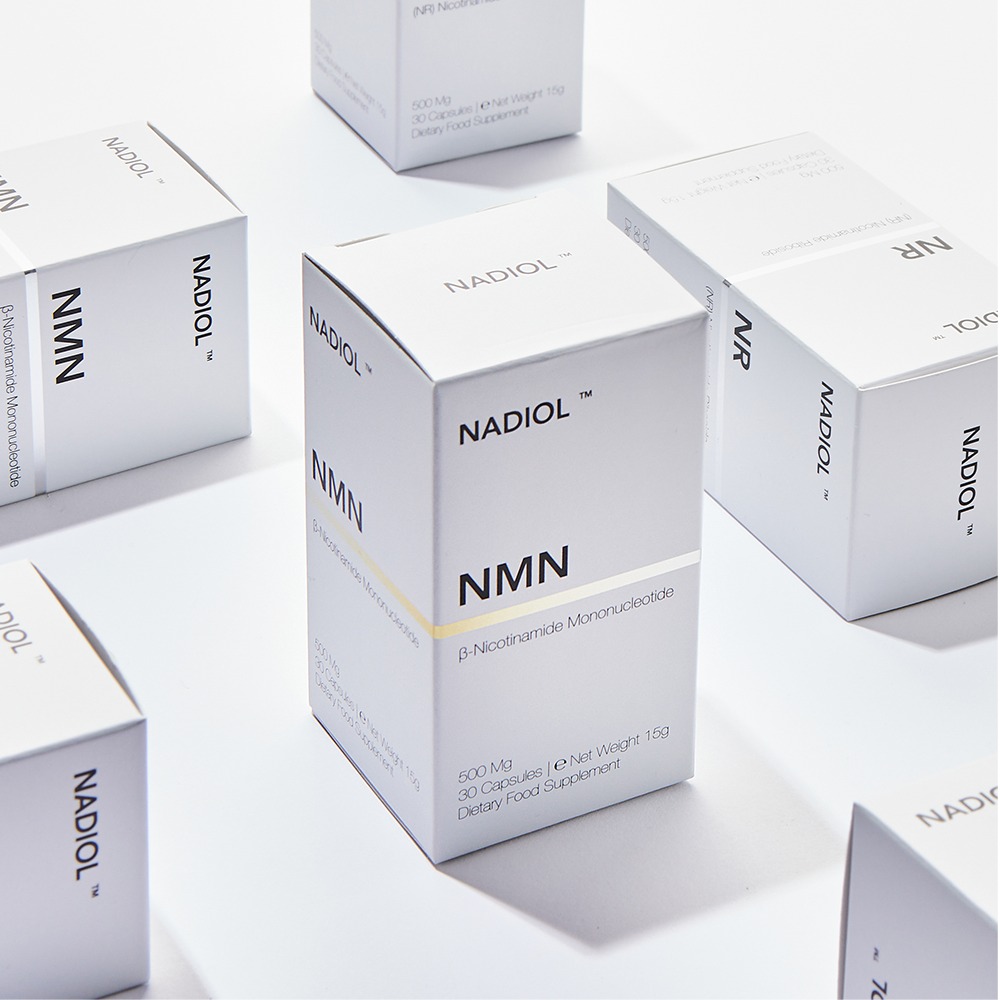Dry Needling for Fibromyalgia: Easing Muscle Tension and Pain

Dry needling has emerged as a compelling treatment option for those battling the pervasive symptoms of fibromyalgia. In Edmonton, patients have access to this innovative therapy, also known as Intramuscular Stimulation (IMS), which involves the insertion of thin needles. This technique is part of a broader approach to pain management and muscle relaxation offered by specialists in dry needling in Edmonton. The adoption of IMS therapy in Edmonton reflects a growing recognition of its benefits, making it a sought-after treatment for those looking to alleviate the discomfort associated with fibromyalgia.
Understanding Dry Needling
Dry needling in Edmonton involves inserting thin, sterile needles into the skin and muscle at myofascial trigger points. These consist of hypersensitive spots within skeletal muscle characterized by a palpable nodule in a taut band. The technique is called “dry” because no medication or injection is used.
How Dry Needling Is Used for Fibromyalgia
Step-by-Step Application
Assessment and Mapping of Trigger Points:
A physiotherapist begins with a comprehensive assessment to locate the trigger points contributing to the pain and stiffness. This involves palpating the muscles to find areas that are dense and knotted, as opposed to normal muscle texture, which is more uniform and less tender.
Preparation for Needling:
The identified areas are then cleaned with an antiseptic solution to prevent infection, and the patient is positioned comfortably. The physiotherapist uses gloves and sterile equipment throughout the procedure.
Duration of Needle Retention:
Needles may be left in place for 10 to 30 minutes, depending on the patient’s response and the specific protocol followed by the physiotherapist.
Post-Needling Care:
After the needles are removed, mild soreness around the needled areas is common. Depending on their comfort, patients are advised to apply heat or ice and stay hydrated to help flush out any toxins released by the muscle.
Frequency of Treatment
The frequency and total number of dry needling sessions depend on the patient’s response to the treatment. Some may feel significant relief after one session, while others with more chronic conditions might need multiple sessions. Typically, treatments are spaced one week apart to allow the body time to respond to the interventions.
Benefits of Dry Needling for Fibromyalgia
Pain Reduction
Mechanism: Dry needling targets myofascial trigger points, which are tight knots within the muscle that contribute to pain both at the site and in broader areas due to referred pain patterns. Inserting a needle into these points can cause a twitch response from the muscle, a brief contraction followed by an immediate and profound relaxation.
This response helps to break the pain cycle through several mechanisms:
- Local Twitch Response: This immediate reflex helps reset the muscle fibres to a relaxed state, reducing tightness and constriction.
- Blood Flow Improvement: The needle insertion increases blood flow to the region, which helps flush out inflammatory chemicals and brings in nutrients and oxygen for healing.
- Endorphin Release: The procedure prompts the body to release endorphins, natural pain-relieving chemicals which help alleviate pain.
Patient Experience: Many patients report a significant reduction in pain immediately after a session, which can be sustained over time with regular treatment.
Increased Mobility
Mechanism: Chronic muscle tension and tightness in fibromyalgia can limit the movement of joints and reduce overall mobility. By alleviating muscle tightness and disrupting the tension in the trigger points, dry needling helps restore the natural range of motion.
- Joint Function: Improved muscle flexibility allows for better joint mechanics. When muscles are less restricted, joints can move more freely, decreasing the risk of compensatory injuries often due to limited mobility.
Patient Experience: Patients often observe an improvement in their ability to do daily activities, which may have been compromised due to fibromyalgia-related muscle stiffness and pain.
Enhanced Quality of Life
Mechanism: The cumulative effects of pain reduction and increased mobility contribute to an overall enhancement in quality of life. Reduced pain levels allow patients to engage more fully in personal, social, and occupational activities.
- Psychological Impact: Managing chronic pain effectively also positively impacts mental health. Chronic pain is often associated with stress and depression, and relieving it can significantly improve psychological well-being.
Patient Experience: Improvements in physical capabilities and a reduction in pain help elevate mood and improve energy levels, making daily tasks more manageable and enjoyable.
Considerations in Dry Needling
Professional Expertise
Dry needling should be performed by a physiotherapist or healthcare provider trained and certified in this technique. Proper training ensures that the procedure is both safe and effective.
Patient Suitability
Not every patient with fibromyalgia may be suitable for dry needling. Individual assessments determine whether dry needling is an appropriate treatment modality based on the patient’s specific pain patterns, medical history, and overall health status.
A Path to Relief
In wrapping up, dry needling presents a promising approach for those suffering from fibromyalgia, offering relief from the chronic muscle tension and pain that often accompany this condition. Vertex Physiotherapy in Edmonton has successfully incorporated this technique into their treatment options, providing patients with a targeted method to alleviate discomfort and improve daily functioning.
For individuals struggling with the chronic symptoms of fibromyalgia, exploring the benefits of dry needling in Edmonton could be a pivotal step towards regaining control over their health. The trained professionals at Vertex Physiotherapy are well-versed in the intricacies of dry needling and are committed to helping patients achieve optimal health.
If you’re considering this therapeutic approach, reach out to Vertex Physiotherapy to learn more about how dry needling can be tailored to your specific needs.






